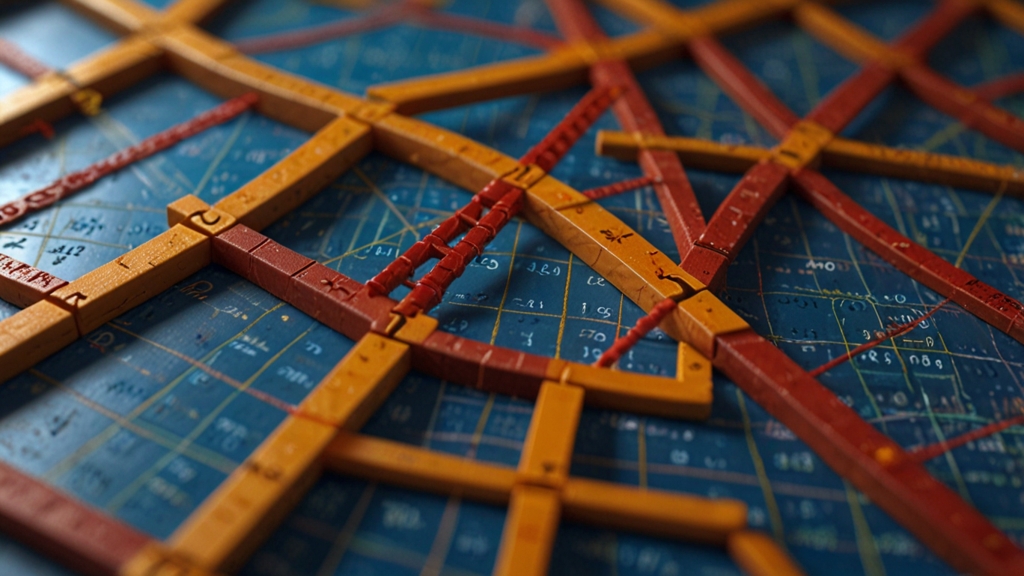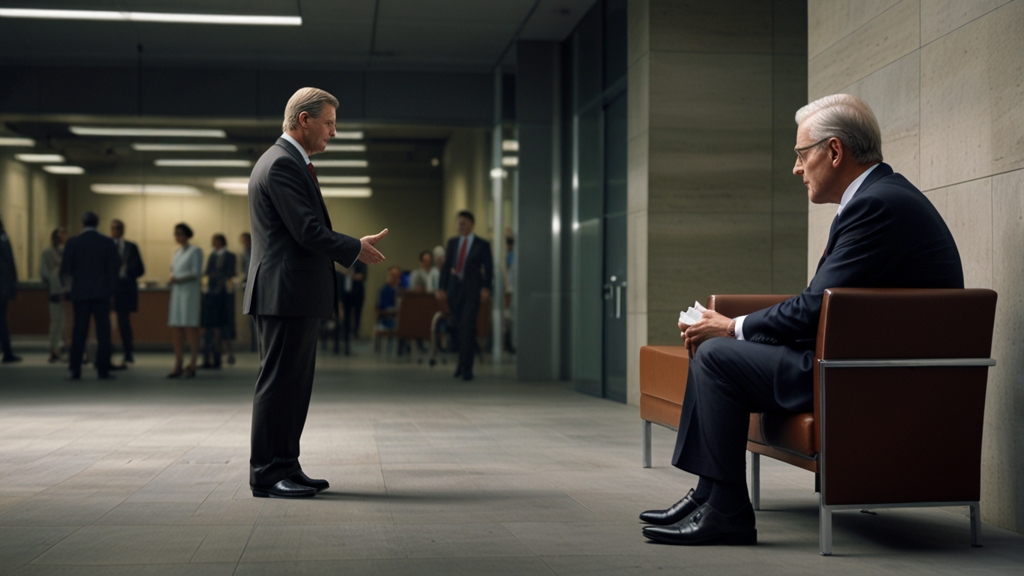Introduction
Rome, the eternal city, is a marvel of architectural brilliance, vibrant culture, and profound historical significance. Tourists from around the globe flock to its ancient ruins, majestic squares, and awe-inspiring monuments. However, beneath its gleaming surface lies a labyrinth of shadows that reveal a different, often overlooked, side of Rome.
The Forgotten Catacombs
While millions marvel at the Colosseum and Vatican City, the catacombs of Rome tell a story of struggle, faith, and survival. These subterranean burial sites, dating back to the 2nd century AD, were initially created by persecuted Christians seeking a safe haven for their dead. The miles of tunnels, adorned with frescoes and inscriptions, reflect a time when practicing Christianity was fraught with peril.
"In these dark, damp corridors, one can almost hear the whispers of the past - the reverent prayers of early Christians and the sorrowful goodbyes to their loved ones."
Urban Decay and Modern Challenges
Beneath Rome's picturesque piazzas and well-trodden tourist paths lies a city grappling with modern-day challenges. Urban decay affects many parts of the city, where crumbling infrastructure and neglected buildings stand in stark contrast to the grandeur seen on postcards. The economic disparity is evident, as some neighborhoods struggle with inadequate public services and facilities.
Moreover, Rome's waste management crisis has been a persistent issue, with overflowing bins and poorly managed landfills creating a less picturesque reality for the city's inhabitants. Locals often express frustration with the city's administration and its ability to effectively address these pressing concerns.
"Rome is both stunning and struggling - a city where the splendor of the past sometimes overshadows the needs of the present."
The Undefined Boundaries of History
Rome's archaeological treasures continue to pose a unique set of challenges. The city is essentially a living museum, with new discoveries often unearthed during routine construction projects. While this is a testament to Rome's rich historical depth, it also complicates modern urban planning and development.
Excavating and preserving ancient artifacts delays infrastructure projects, creating a tug-of-war between preserving history and accommodating contemporary needs. This balancing act is a constant source of tension, as preserving the past competes with the demands of the present and future.
The Impact of Tourism
Tourism, while being Rome's lifeblood, also contributes to its wear and tear. The influx of millions of visitors each year places a significant strain on the city’s resources and infrastructure. Key landmarks often face damage, both accidental and deliberate, from the sheer volume of visitors. The local economy heavily relies on tourism, yet the benefits are not always evenly distributed among the city's residents.
Moreover, the rise of short-term rental platforms has exacerbated housing issues, driving up prices and reducing availability for locals. Many argue that the city is increasingly catering to tourists at the expense of its own inhabitants, who are being priced out of their neighborhoods.
"The dual-edged sword of tourism brings prosperity, but also a tide of challenges that the city must navigate with care."
Conclusion
Rome is a city of contrasts, where the brushstrokes of history paint a complex picture of glory and struggle. Beneath its glamorous surface lies a tapestry of forgotten catacombs, urban challenges, and modern dilemmas. Recognizing and addressing these shadows is crucial for the city to thrive not only as a beacon of history but also as a vibrant, livable metropolis for its residents. The eternal city continues to beckon with its timeless allure, but it also calls out for a nuanced understanding of what lies beneath its dazzling facade.







